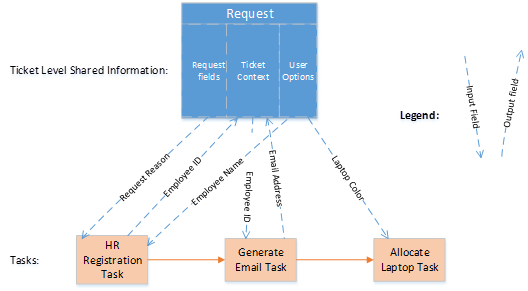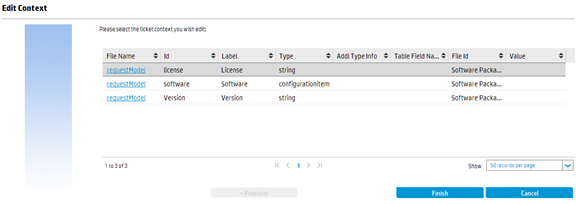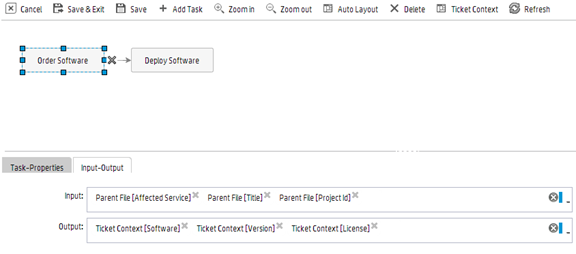Searching the Help
To search for information in the Help, type a word or phrase in the Search box. When you enter a group of words, OR is inferred. You can use Boolean operators to refine your search.
Results returned are case insensitive. However, results ranking takes case into account and assigns higher scores to case matches. Therefore, a search for "cats" followed by a search for "Cats" would return the same number of Help topics, but the order in which the topics are listed would be different.
| Search for | Example | Results |
|---|---|---|
| A single word | cat
|
Topics that contain the word "cat". You will also find its grammatical variations, such as "cats". |
|
A phrase. You can specify that the search results contain a specific phrase. |
"cat food" (quotation marks) |
Topics that contain the literal phrase "cat food" and all its grammatical variations. Without the quotation marks, the query is equivalent to specifying an OR operator, which finds topics with one of the individual words instead of the phrase. |
| Search for | Operator | Example |
|---|---|---|
|
Two or more words in the same topic |
|
|
| Either word in a topic |
|
|
| Topics that do not contain a specific word or phrase |
|
|
| Topics that contain one string and do not contain another | ^ (caret) |
cat ^ mouse
|
| A combination of search types | ( ) parentheses |
|
Configure shared information across tasks
You can use Task Planner to configure information shared by multiple tasks.
The following three types of information from a record can be shared by the tasks of a record:
- Record fields, for example, the request fields or the change fields
- User selections, which are input by the end user when they use Service Manager
- Record context, which are fields defined in Task Planner. The values of these fields are populated during task implementation and then shared across the tasks of a record.
The following diagram demonstrates how these three types of information of a Request is shared among its tasks.

Each task can have its own input and output data. The input fields are used to receive data from other tasks, and can trigger the execution of the current task. The output fields are used to populate shared data to the record during task execution, and the data can then be shared by other tasks.
You can launch the Record Context (Ticket Context) definition page from the Task Planner. The page is shown as follows:

On the definition page of the Task Planner, you can configure the input and output fields. The Record Context fields of a record can be used as the input or output fields of a task, and the output fields can be used in subsequent tasks as the input fields.

The following Task Context page shows the run-time result of a task, which contains the input and output fields/values. The input fields are read-only, while the output fields can be edited with appropriate values that can be populated to the next task later.

We welcome your comments!
To open the configured email client on this computer, open an email window.
Otherwise, copy the information below to a web mail client, and send this email to ovdoc-ITSM@hpe.com.
Help Topic ID:
Product:
Topic Title:
Feedback:





